Looking back upon my childhood, some of the most cherished memories often revolved around jumping into my parent’s station-wagon and heading to the drive-in to see the rereleased Disney animated “classic” films. Yet, also, one of the severest frights I ever got as a kid was being scared to death when the evil and maniacal step-mother of Cinderella locks her in the tower. At that point in the film, I crawled to the back of the car and stayed there. Now, although I am an old movie buff, especially those from the 1950s, I do not care for any of the Disney movies. As an adult, the thing that stands out about them is the often traumatic and downright horrific childhood experiences of the title characters. Here, I am thinking of the attempted murder of Snow White by her step-mother; Pinocchio getting sold into slavery along with other wayward boys; the incarceration of Dumbo’s mentally unstable mother; the slaughter of Bambi’s mother; the sad and desperate plight of “the Lost Boys” in “Peter Pan;” all the way to the assassination of Simba’s father in “The Lion King.” Every one of these pictures, and several others, center upon the theme of childhood loss, psychological suffering, and societal replacement. Oftentimes, as with all of these films, except one, Disney focused on adolescent male woundedness: either from the loss of a parent or some other traumatic event. Usually, the characters cope with their hurt by submerging themselves in a type of fantasy environment; epitomized in “Peter Pan” with “Never Never Land;” or they group together for security inside like-minded conclaves; for instance, Simba living with Timon and Pumbaa in an idyllic carefree forest paradise following the death of his father. For the most part, Disney animated movies have achieved cult status within the gay community; hence the rabid popularity of “gay day” at both Disneyland and Disneyworld. In my estimation, this draw relates to the fact that many of Disney’s films anticipated the modern gay movement: severe juvenile stress, the searching for happiness and absolution, the drive for make-believe, detachment from the family, and its replacement within the homosexual world. In essence, Disney was, and is through the endurance of his company, advocates of a homosexual response to all childhood ordeals: leaving the confines of the family and seeking out solace and healing among equally fractured compatriots. Even the father in “Mary Poppins” is caricatured as hapless and oblivious, and only through the magical spells of a benevolent witch, who transports them to magical cartoon-lands made real, is all rendered right with the children. With Disney, parents are emotionally unavailable, abusive, or dead. Ultimately, the kids grow up on their own, feigning a shallow happiness in a realm of illusions, yet, still severely maladjusted.
Childhood Trauma, Homosexuality, and the Reworking of Society in Disney Animated Films From Snow White to The Lion King
Related Posts
2 Comments
Comments are closed.

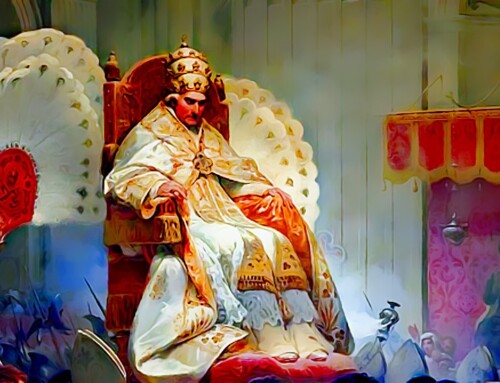
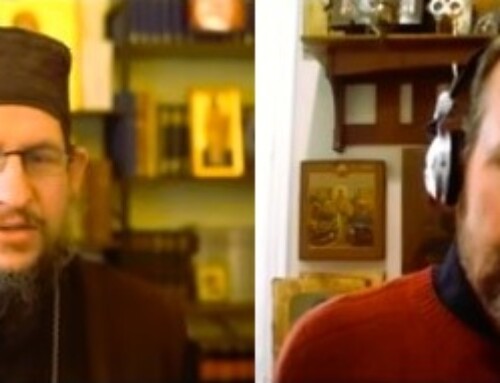
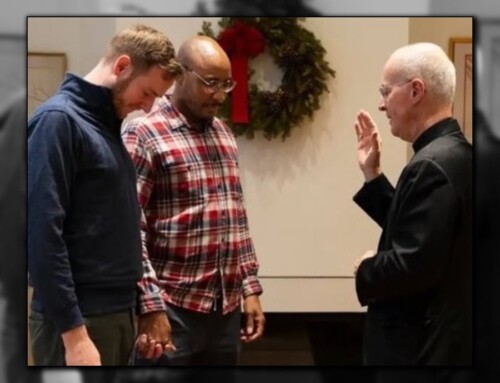
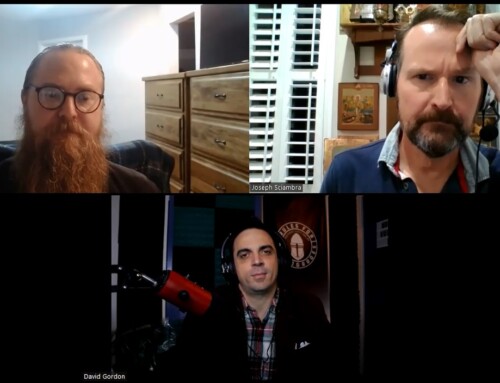
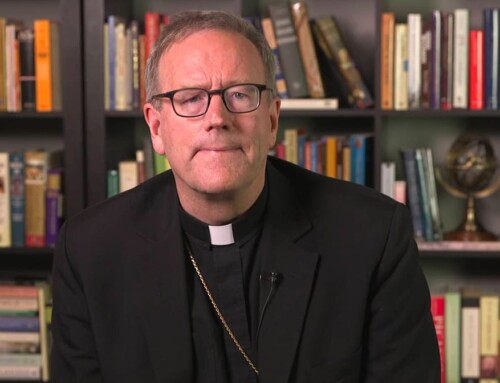
Something my Christian Call teacher showed me was how Nala found Simba and told him what he wasn't aware of (we were also learning about the Johari window), and with the baboon leading him to the pond via a dark forest, symbolizing the effect of going deep into yourself, and then lastly that with Simba's vision of his father, it's like the Trinity, with the Father, Simba as the Son, and the baboon as the Holy Spirit.
This could be the makings of a scholarly article.
May God continue to bless your understanding and intellect. T. W.